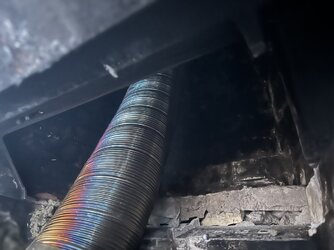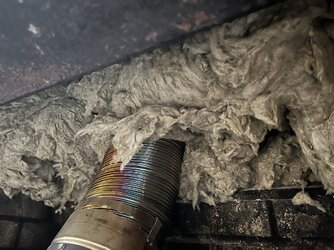BKVP
Minister of Fire
My guess is you'd need an exceptional piece of equipment to validate the marginal change in an indoor climate.Interesting. So is there a direct relation between wood MC and room RH?
Reason for asking:
I have been away for the past three weeks. Before leaving I brought about 5 arm loads of 3 maybe 4 year old (css top covered) hemlock. I burned splits from the same stacks last year, definitely well seasoned. Now, when i am away the stove room RH tends to sit around 55% (much lower when stove running or HRV running). Is there a chance that those well seasoned, ready to burn splits are now above the 20% sweet spot?





